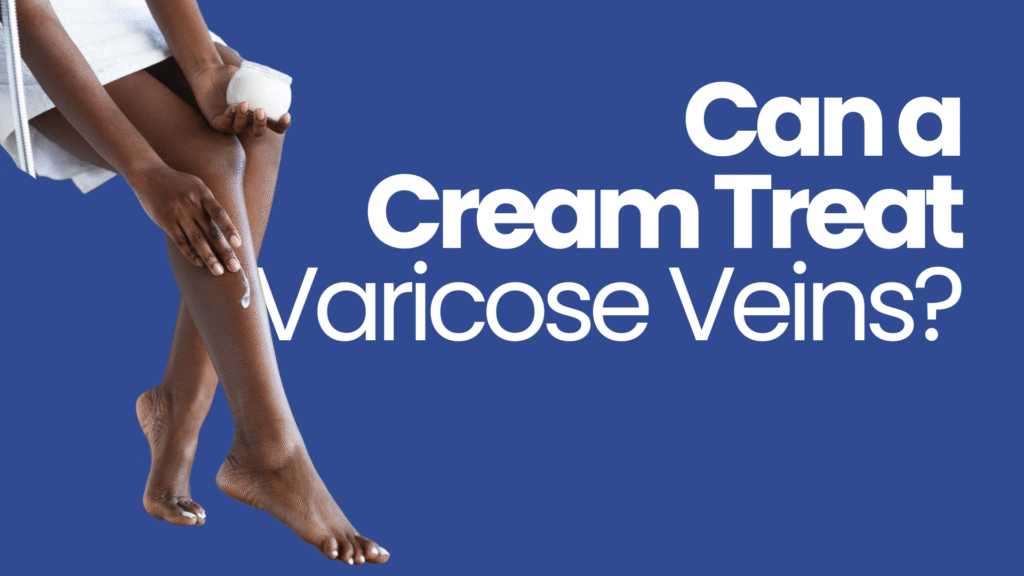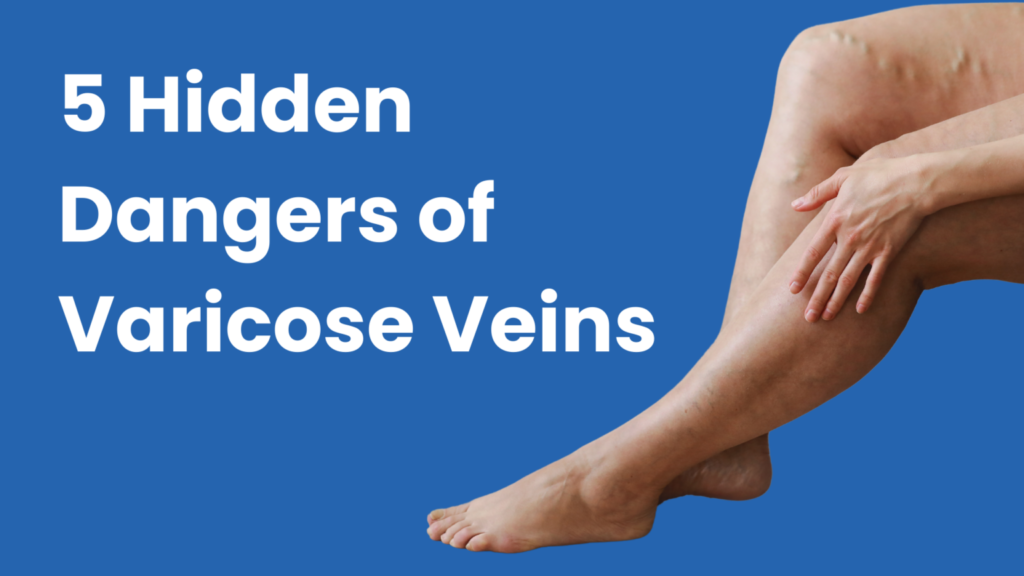Although varicose veins are among the most common types of venous disease, there are more venous conditions for individuals to look out for. It wouldn’t be ludicrous to suggest that varicose veins could potentially be a symptom of a larger vein disease problem. According to the Society for Vascular Surgery, as much as 40 percent of the population might have some type of vein disease. For those who are concerned that their varicose veins might be a symptom of a bigger condition, here are a few signs to look out for.
Leg Pains and Aches
Vein disease can cause more than just aesthetic symptoms in certain cases. In fact, the condition can potentially cause a great deal of discomfort and physical pain. This pain is typically found in the legs. Patients tend to describe the feeling as one of great heaviness that hampers their overall mobility. Additionally, symptoms might include itchiness and a persistent throbbing sensation.
Skin Alterations Near Affected Area
In severe cases, vein disease may potentially lead to changes in the skin near the affected area. Some patients, for instance, will develop ulcers on their legs as a result of vein issues. Ulcers like these might be the result of an injury to the affected area. Pressure will build up inside the vein, which causes damage to the small blood vessels surrounding it. The skin becomes weaker when those vessels are affected, and will be more likely to crack. The skin around an ulcer will often grow darker, and it can potentially harden. Additionally, the surrounding skin might grow visibly red and flaky.
Visible Veins
Of course, the main symptom of venous disease is noticeable, visible veins, typically in the legs. The veins might be blue in color and are typically visible right under the surface of the skin. The veins might bulge outward from the skin in certain cases. Despite varicose veins being large, spider veins, another visible symptom of vein disease, are typically small and look quite delicate. Spider veins form what appear to be small webs under the surface of the skin. These tend to appear on the legs or, in some circumstances, on the face. Spider veins can be blue, red, or purple in color.
Restlessness
Another vein disease symptom can potentially be a feeling of restlessness in the legs. This is typically experienced by patients right as they attempt to fall asleep. Understandably, this symptom can be quite frustrating, since it directly affects a person’s ability to fall asleep.
Individuals suffering from any of these symptoms should look into having their vein condition treated. There are a variety of vein treatment options in Weston, and those experiencing venous disease symptoms are encouraged to seek a consultation from a varicose treatment specialist.


